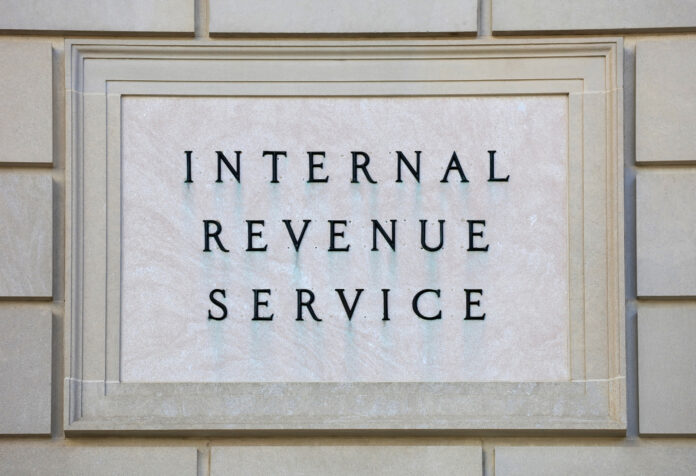U.S. businesses will be able to take advantage of a change in tax policy to trade unused clean energy tax credits for tax-free cash under new rules announced on Thursday.
The new rules, announced by the Internal Revenue Service (IRS) and Treasury Department on April 25, mean that renewable energy developers and owners can now choose to transfer all or a portion of a range of eligible tax credits to unrelated taxpayers in exchange for cash payments. Those unrelated taxpayers are then permitted to claim the transferred credits on their tax returns, providing immediate cash injections.
Prior to the rules being brought in, some businesses and state and local governments were unable to “realize the full value of credits,” according to the Treasury, which in turn raised costs and created challenges for financing clean energy projects.
There are two ways the credits can be used: through elective pay or transferability. Elective pay, also known as direct pay, makes certain clean energy tax credits effectively refundable. The second option, transferability, allows entities that are not able to use elective pay but do qualify for an eligible tax credit to sell a portion or all of it to a third-party buyer.
GETTY
The rules for buying and selling tax credits were established by the Inflation Reduction Act, first enacted by the Biden-Harris administration in 2022. The new rules create an “avenue for companies seeking tax savings, offering them the option to engage in a growing tax credit market instead of committing to a long-term renewable energy investment with a sponsor,” Brandon Hill, tax principal at Clifton Larson Allen LLP, wrote in an article for Thomson Reuters.
Newsweek has contacted the IRS for comment via email outside of normal working hours.
In an example used by the IRS, the process is laid out. “For example, as a result of the Inflation Reduction Act, a local government that makes a clean energy investment that qualifies for the investment tax credit can file an annual tax return (via Form 990-T) with the IRS to claim elective pay for the full value of the investment tax credit, as long as it meets all of the requirements, including a pre-filing registration requirement,” the IRS explains. “As the local government would not owe other federal income tax, the IRS would then make a refund payment in the amount of the credit to the local government.”
“The Inflation Reduction Act’s new tools to access clean energy tax credits are a catalyst for meeting President Biden’s historic economic and climate goals. They are acting as a force multiplier, enabling companies to realize far greater value from incentives to deploy new clean power and manufacture clean energy components,” Treasury Secretary Janet Yellen said in a statement. “More clean energy projects are being built quickly and affordably, and more communities are benefitting from the growth of the clean energy economy.”
The change comes after the IRS issued the proposed rules in June 2023, which was followed by the energy tax credit registration portal opening earlier this year. The IRS stipulates that any entity must register before filing, and that registration numbers must be included on the entity’s tax return for an elective payment or transfer.
Uncommon Knowledge
Newsweek is committed to challenging conventional wisdom and finding connections in the search for common ground.
Newsweek is committed to challenging conventional wisdom and finding connections in the search for common ground.


